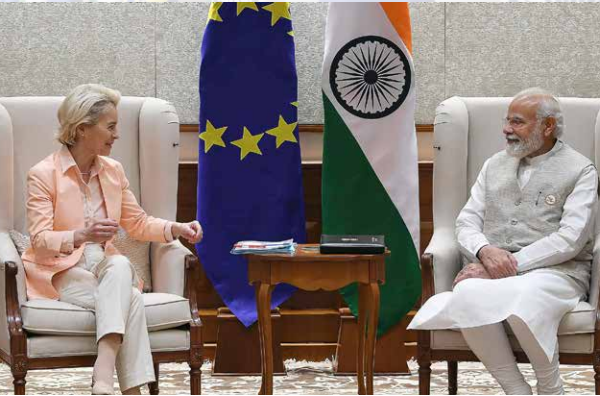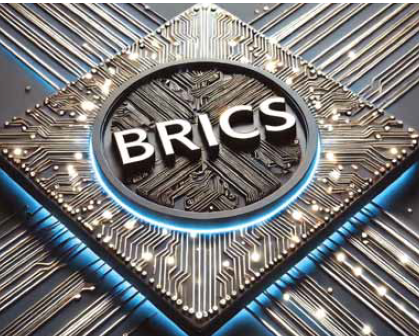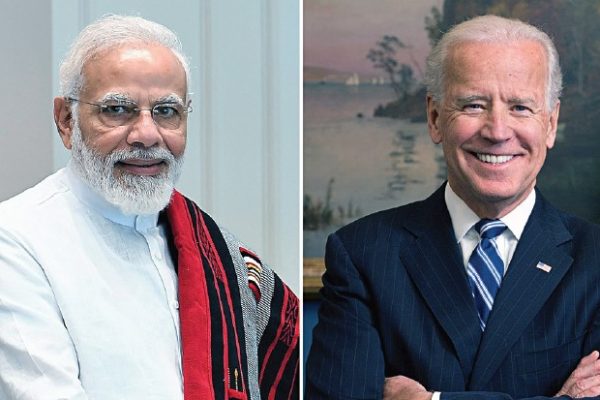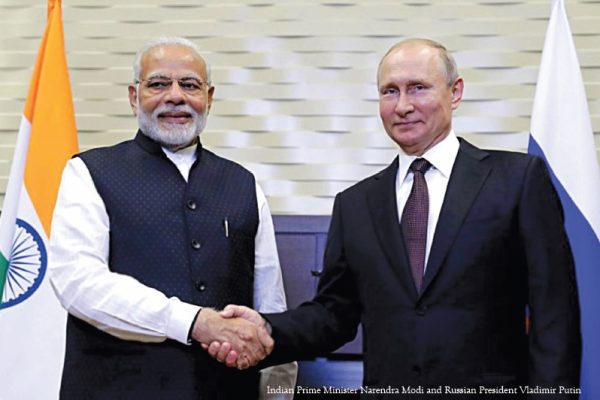
India and the European Union Strengthen Strategic Partnership through High-Level Engagement
In a significant diplomatic engagement, the Prime Minister of India recently hosted European Commission President Ursula von der Leyen, along with the EU College of Commissioners, marking a crucial moment in India-EU relations. This historic visit, the inaugural instance of the College of Commissioners convening outside Europe at the commencement of a new EU mandate,…








